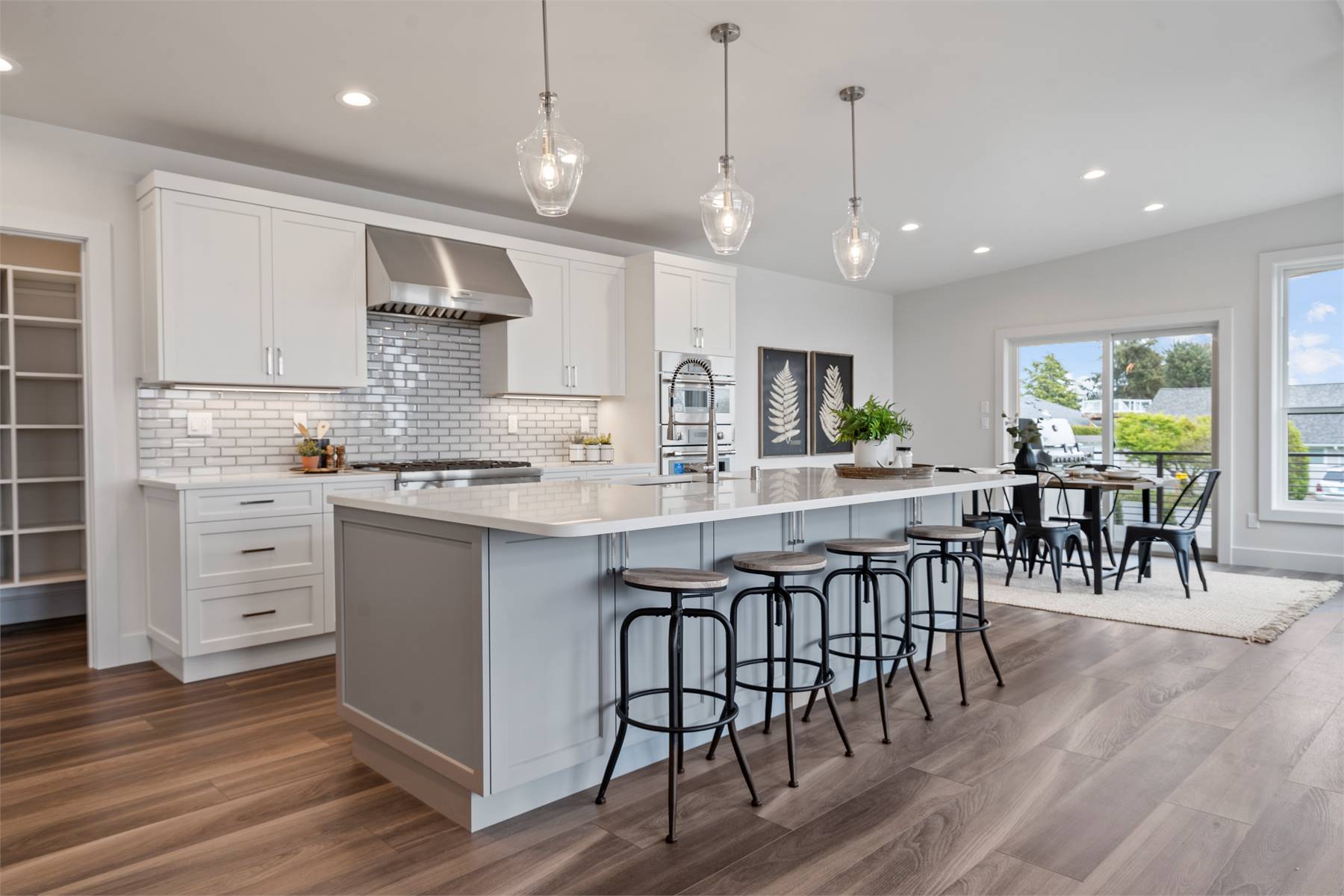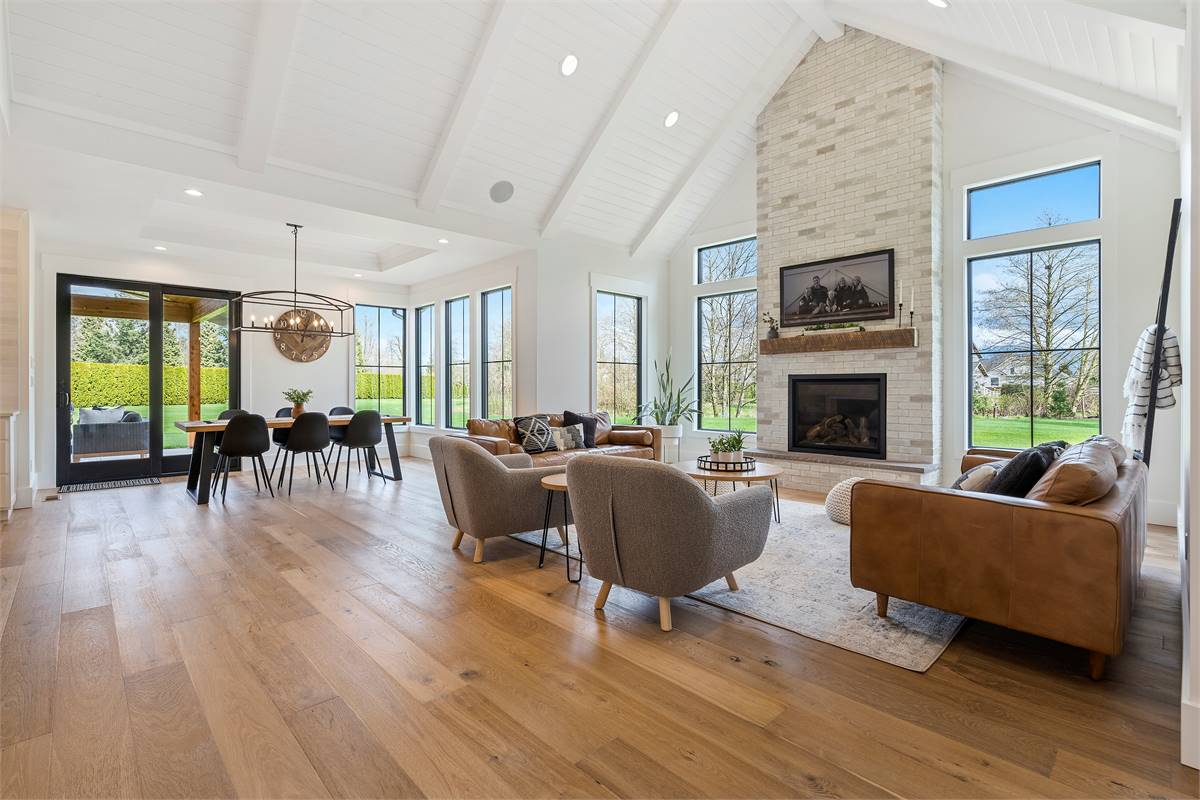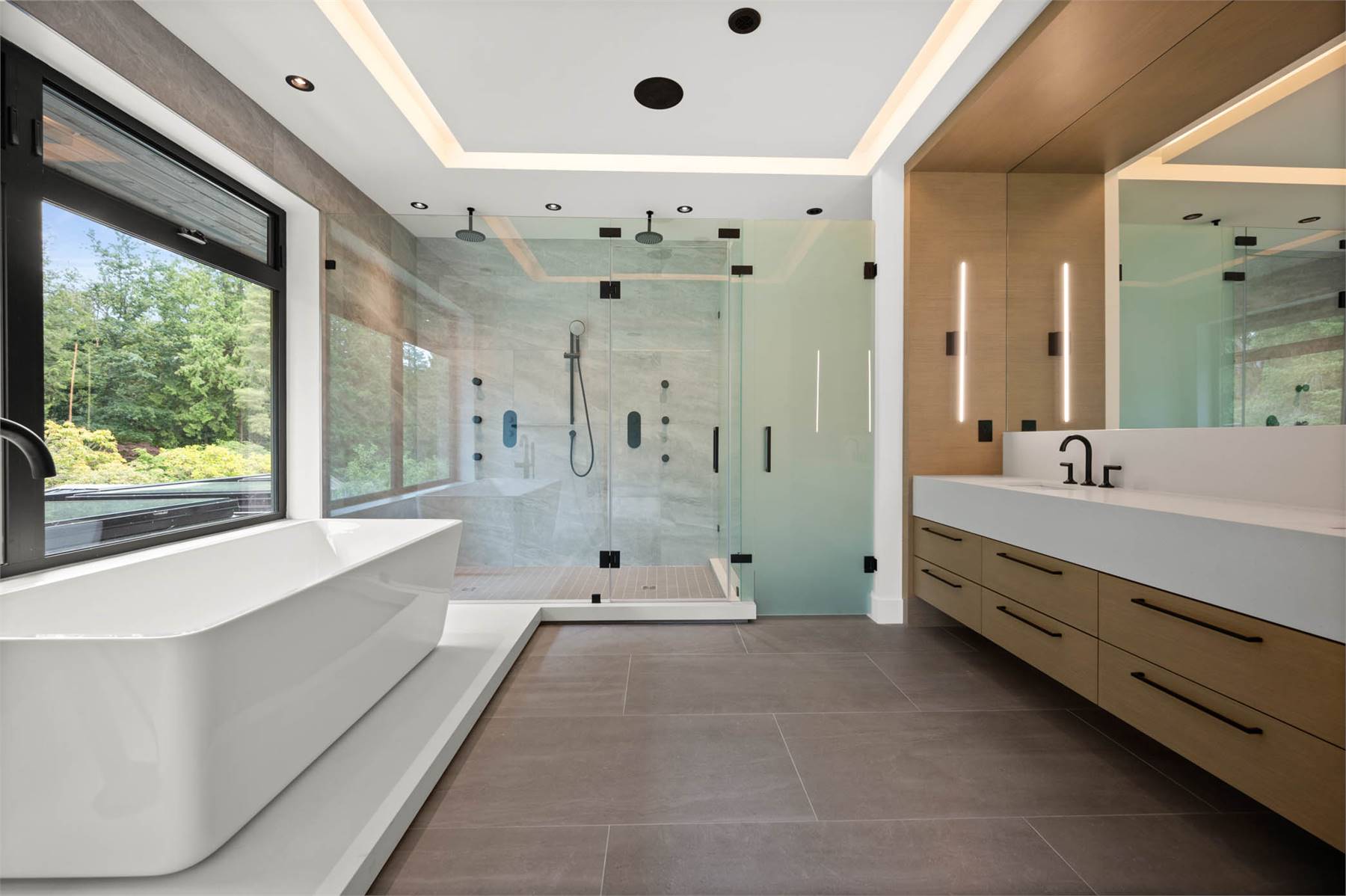.png)

Since the floor is a key design element to any room in your new home, you'll need to ask yourself a series of questions so you can be sure you select the right flooring based on design, location, lifestyle and budget.
The first step in choosing a floor is deciding what look and feel you want for each room and throughout your home. Remember your floor is a key design element so you'll want to spend some time selecting the right materials (wood, laminate, vinyl, carpet, cork, bamboo, ceramic and linoleum to name a few), colors, patterns, textures and even shapes for each room.

Thanks to today's state-of-the-art printing and embossing technology, it's hard to tell genuine material from the manufactured look-alike. Your final selection should depend on a combination of factors including: personal preference, location, budget and your lifestyle.
The more popular flooring options are wood, laminate, vinyl, ceramic and linoleum.
Today's wood conjures up a myriad of options to complement any interior décor from traditional woods like oak and pine to more exotic species. When you pair them with a huge selection of stains, gloss levels, widths, surface textures and edge details, you can create a truly unique space.

A really good laminate can mimic the look and feel of wood, stone, brick and ceramic by using a highly detailed, high-resolution photograph of the genuine material. It'a treated with an easy to clean surface that resists spills and protects the floor from stains, fading or wear, so you end up with a floor that looks authentic.
Equally impressive is vinyl, which comes in thousands of designs and thanks to new technology it looks and feels like natural materials such as hardwood, limestone, slate and ceramic.
Genuine linoleum is made from natural ingredients including linseed oil, mineral pigments, limestone and ground cork or wood, which make it a very resilient floor. Its vivid, saturated colors create designs that range from traditional marbleized images to more contemporary flecked patterns and solid colors.

Now that you know what your design options are, you need to figure out what flooring works best in certain locations. For example, a floor for a full bathroom with a shower and/or tub needs to withstand pooling water and humidity fluctuations. Hardwood, which can buckle, gap or warp when subjected to standing water and/or moisture, is not the best choice for a full bathroom. Better options include ceramic tile and vinyl sheet, which are practically impervious to water. Laminate, linoleum and vinyl tile are good options, however, special waterproofing precautions should be taken around perimeters and seams.
Next you need to figure what level of your home the floor will be installed — on grade (ground level), above grade (above ground level) and below grade (basements and below ground level), because that will affect your floor choice. For on and above grade you'll want to use hardwood, laminate, vinyl sheet, vinyl tile, ceramic and linoleum. If the on grade subfloor is concrete, especially in new construction, you should allow enough time for the concrete to sufficiently dry before installing your floor. This is especially true for hardwood, which can buckle or gap if installed over concrete that has too much moisture.
When it comes to below grade, you may have moisture issues that affect your floor's performance. Floors susceptible to damage from moisture, such as hardwood flooring, are therefore not recommended for below grade on concrete installations. However, engineered hardwood can be used below grade. Just be careful to look for the maximum moisture emission level recommended for the particular product you plan on using.
Choosing a floor that you will love to live with is not just a matter of looks. The floor must suit your lifestyle. Do you have children or do you plan on having children down the road? Do you have pets? Are you concerned with slipping? How much time are you willing to commit to maintaining your floor? Are you concerned with indoor air quality, allergens and/or odors?
After you've taking into consideration design, location and lifestyle, it is on to the most important consideration — your budget. You'll want to think about the life expectancy of the floor you choose (based on your lifestyle), if you plan on changing your floor down the road, total installation cost and maintenance.
Check out all the benefits of green flooring.